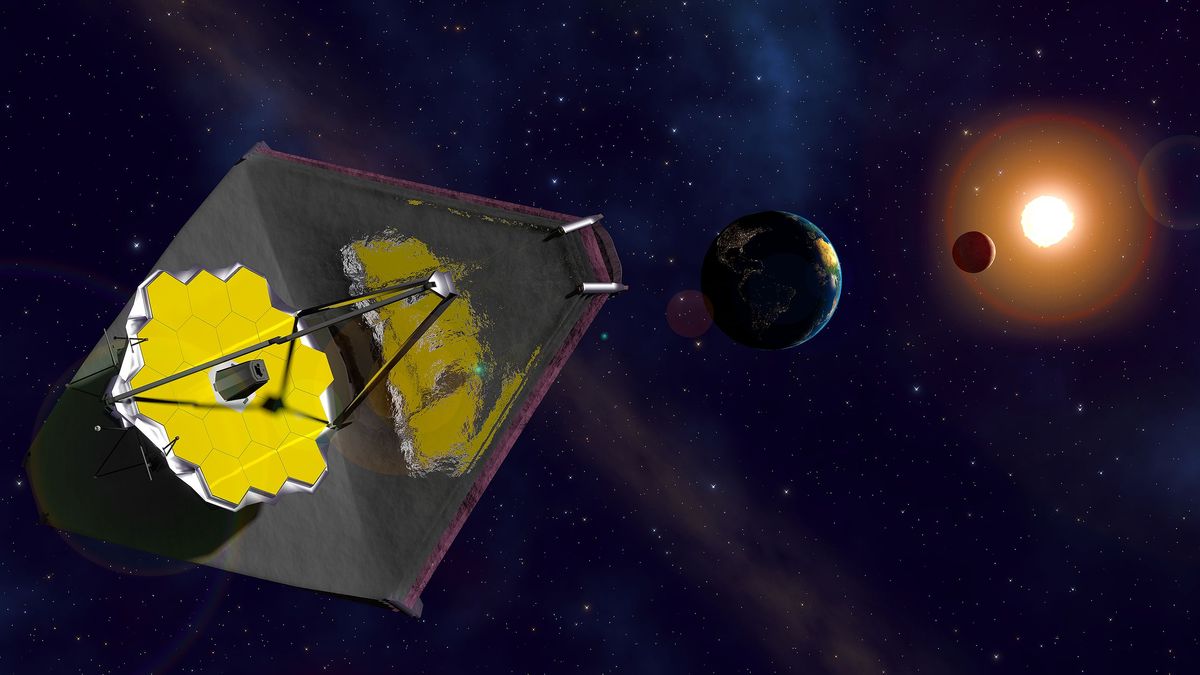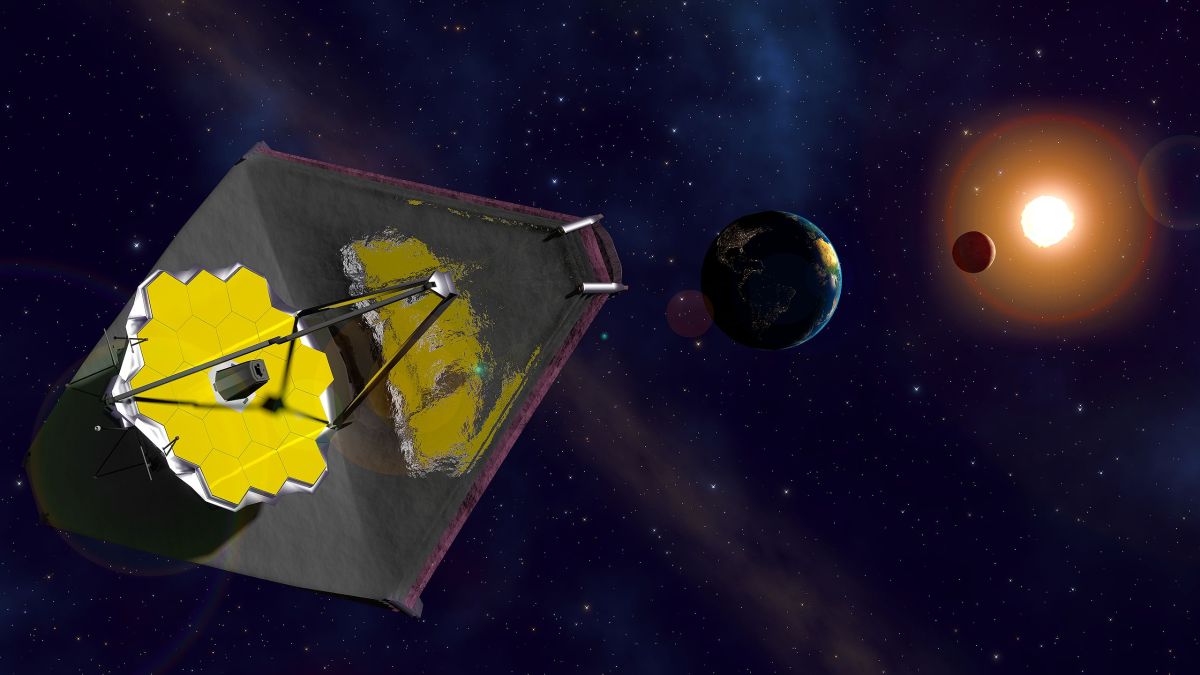
NASA’s next-generation observatory is entering the last stages of preparation before showing scientists an all-new view of the universe.
Engineers are preparing to make final tweaks to the instruments on board the James Webb Space Telescope as the observatory readies for operations this summer. NASA said the telescope has “calibrations and characterizations of the instruments using a rich variety of astronomical sources” coming up shortly to make sure everything is working before Webb is set loose to examine the early universe.
“We will measure the instruments’ throughput — how much of the light that enters the telescope reaches the detectors and is recorded,” Scott Friedman, lead commissioning scientist for Webb at Baltimore’s Space Science Telescope Institute, said in NASA statement Thursday (May 5).
Live updates: NASA’s James Webb Space Telescope mission
Related: How the James Webb Space Telescope works in pictures
While no telescope can accurately collect every photon that comes through to it, engineers will still want to know the throughput at several light wavelengths to assess Webb’s performance at gathering infrared light, Friedman said.
Friedman emphasized the commissioning is “almost there,” as the telescope is in the last two month of the process, which began after Webb’s launch on Dec. 25, 2021. Once the instruments are assessed properly, he said, “we will be ready to begin the great science programs that astronomers and the public alike have been eagerly awaiting.”
The team has been releasing a few commissioning images along the way, and a notable commissioning target is coming into focus soon: the Large Magellanic Cloud. While Friedman did not say if this galactic neighbor to the Milky Way will be included in early release images, he noted that examining the galaxy will be helpful to calibrate any distortion.
The Webb telescope will also be assessed even further for its sharpness of stellar images, through all of the instruments’ optics. Each instrument is working fine with the optics tested so far, Friedman noted, but additional filters and a tool called “diffraction grating” (which spreads light into constituent colors) will also be assessed.
Related stories:
The team will also certify the observatory’s target acquisition to make sure the telescope can point with precision down to a hundredth of an arcsecond, which will be useful for exoplanet observations.
“The star has to be placed behind a mask so its light is blocked, allowing the nearby exoplanet to shine through,” Friedman said. “In time series observations, we measure how an exoplanet’s atmosphere absorbs the stellar light during the hours it takes to pass in front of its star, allowing us to measure the properties and constituents of the planet’s atmosphere.”
A last final testing activity will be observing moving targets such as planets, satellites, rings, asteroids and comets. “Observing these requires that the observatory change its pointing direction relative to the background guide stars during the observation,” Friedman said. “We will test this capability by observing asteroids of different apparent speeds using each instrument.”
NASA plans to update the public on Webb’s progress on Monday (May 9) and a livestream of the discussion will be available online.
Follow Elizabeth Howell on Twitter @howellspace. Follow us on Twitter @Spacedotcom and on Facebook.



